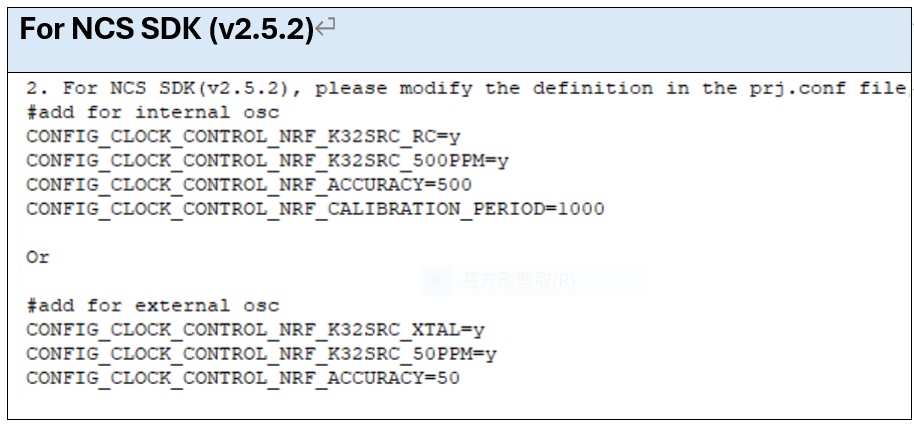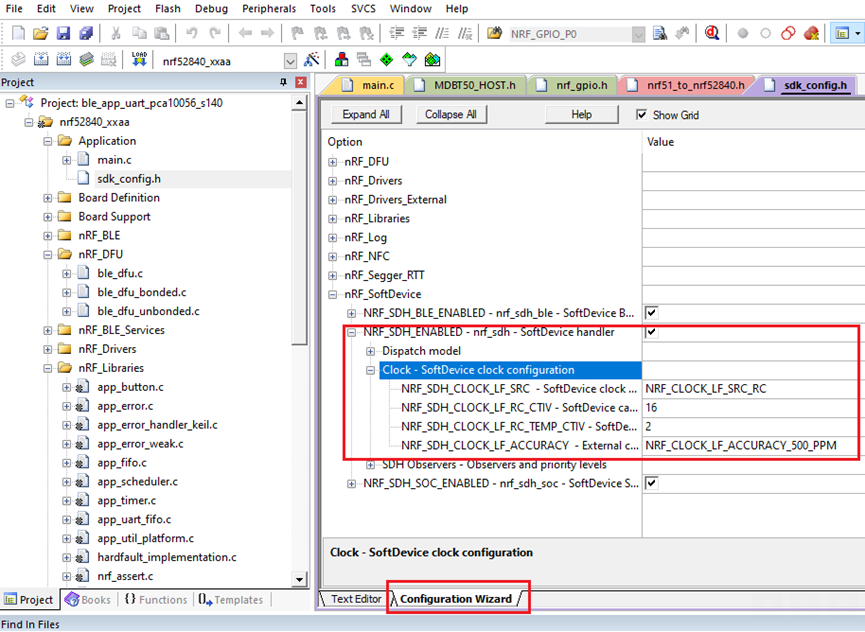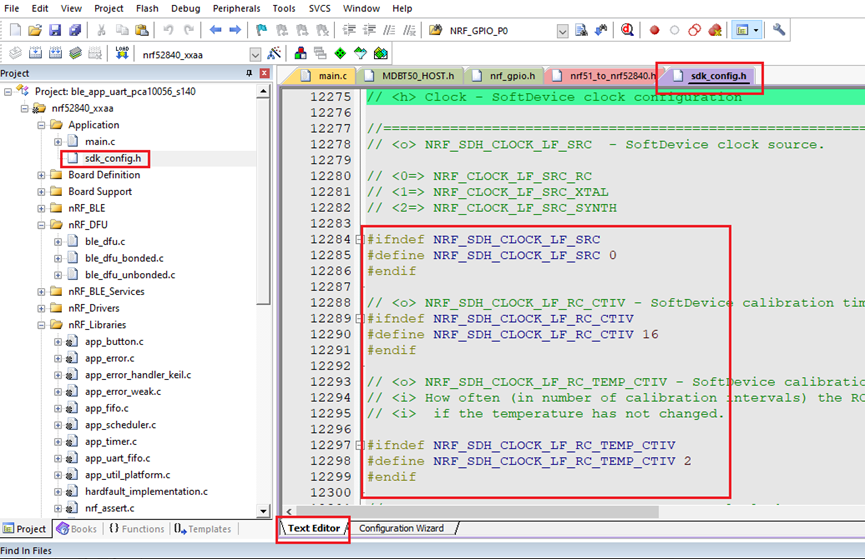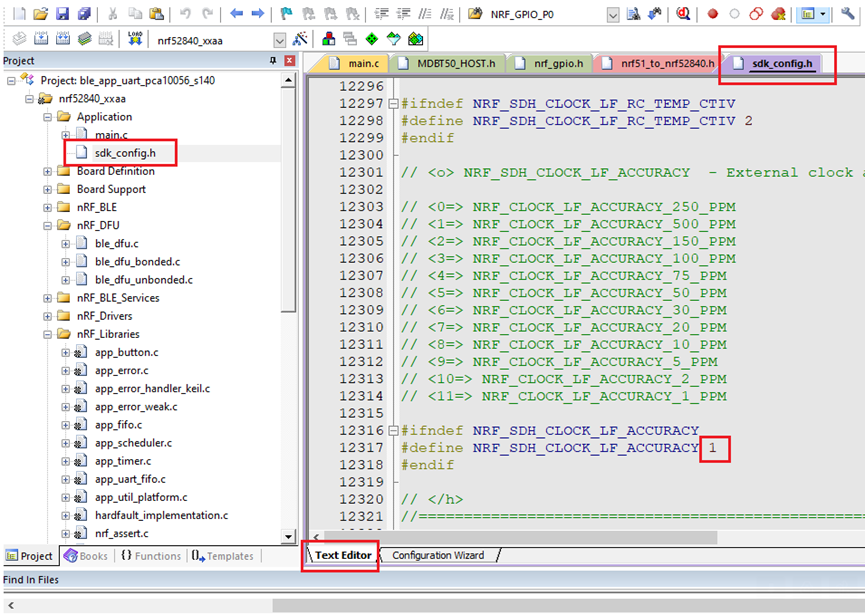Bluetooth modules typically have options for a 32MHz Internal Oscillator (or some called internal crystal oscillator) and a 32.768KHz External Oscillator. The choice between the two is often influenced by specific application requirements, power consumption, accuracy, and cost considerations. Here are some basic differences between Internal and External Oscillators:
- Internal Oscillator:(32MHz)
- Function: The internal oscillator is embedded within the module and generates the clock signal for the Bluetooth module. This internal oscillator is typically smaller, lightweight, and reduces dependence on external components.
- Advantages: Simplifies design, saves space, and reduces costs.
- Disadvantages: Some applications may require higher clock stability, which the internal oscillator may not provide to the desired level of precision.
- External Oscillator:(32.768KHz)
- Function: An external oscillator is an independent oscillator externally connected to the module, offering higher clock stability and accuracy.
- Advantages: Provides higher clock stability, suitable for applications with stricter timing requirements.
- Disadvantages: Requires additional components, may occupy more space, and increases costs.
Criteria for choosing Internal or External Oscillator:
- If the application has modest clock precision requirements, and cost and space are critical factors, choosing the internal oscillator may be suitable.
- If the application demands higher timing precision, an external oscillator should be considered for its enhanced clock stability.
Benefits from switching between external and internal oscillator:
- Increased Performance Requirements: If the application's performance requirements increase, a higher-precision oscillator, such as an external oscillator, may be needed.
- Insufficient Clock Stability: If timing stability issues arise during Bluetooth communication, upgrading to an external oscillator can provide better clock stability.
Followings are the instructions we can use to switch between internal oscillator and external oscillator for nRF5 SDK (v17.10) and NCS SDK (v2.5.2).


Keil (Keil μVision) and SES (Segger Embedded Studio) are another method commonly used Integrated Development Environments (IDEs) in the field of embedded systems development.
Choosing to use the internal crystal oscillator requires program modifications. Please refer to the following instructions for making these changes in the Keil and SES development environments.
Keil

SES


Edited by Sales Manager: Ms. Mandy Chao
Raytac Corporation 勁達國際電子股份有限公司
Bluetooth & WiFi module maker based on Nordic nRF54, nRF53, nRF52, nRF7002 solution
BT5.4 & BT5.3 & BT5.2 & BT5.1 & BT5.0 & BT4.2 Qualified, FCC/IC/CE/Telec/KC/RCM/SRRC/NCC/WPC/UKCA Pre-Certified. Bluetooth Solution: nRF54, nRF5340, nRF52840, nRF52833, nRF52832, nRF52820, nRF52811, nRF52810, nRF52805, nRF51822 WiFi Solution: nRF7002
www.raytac.com
email:service@raytac.com
Tel: +886.2.3234.0208

